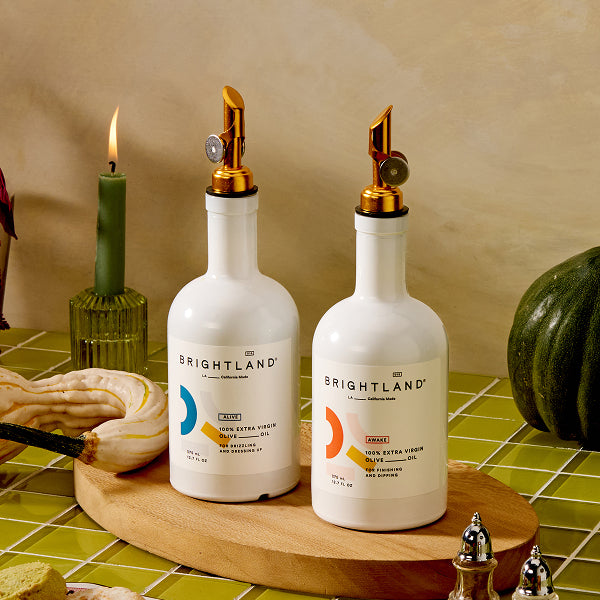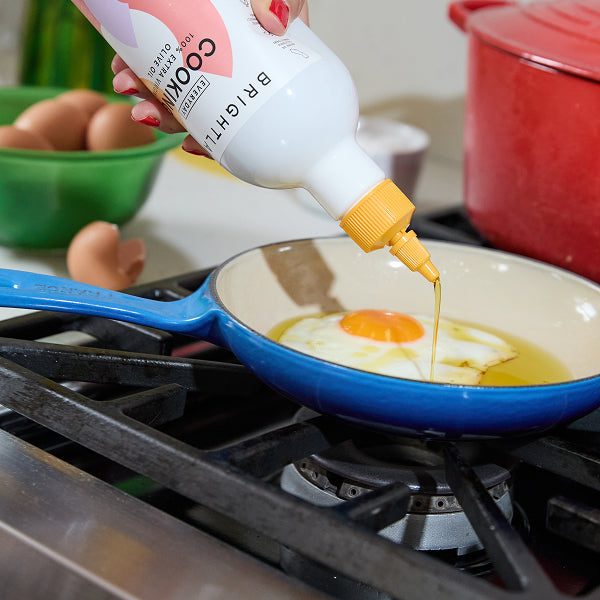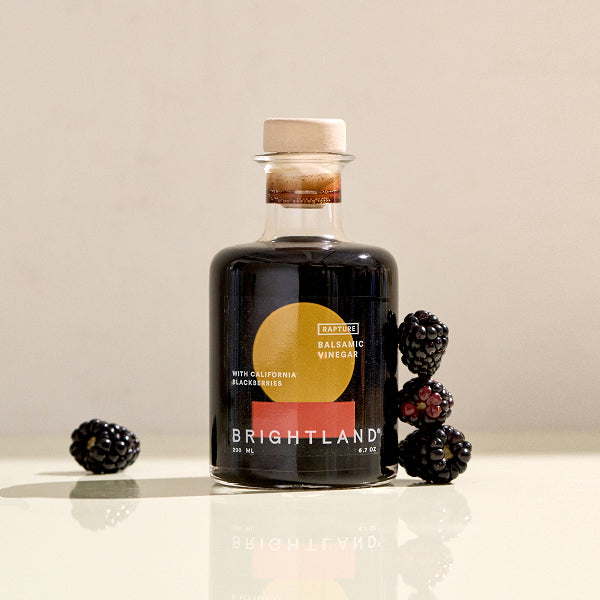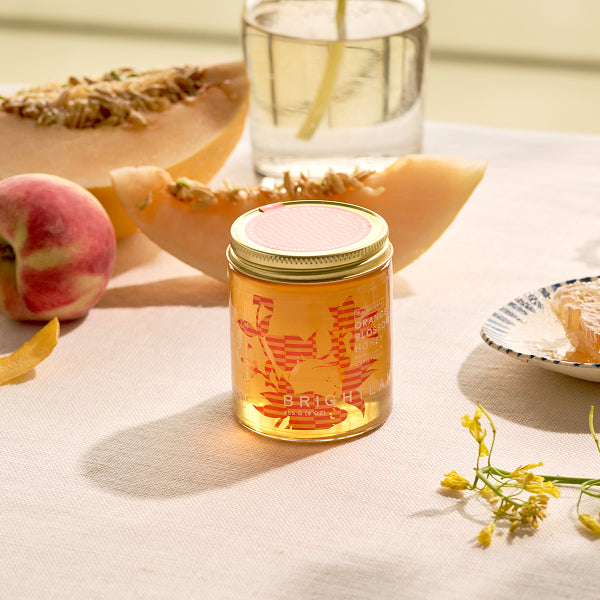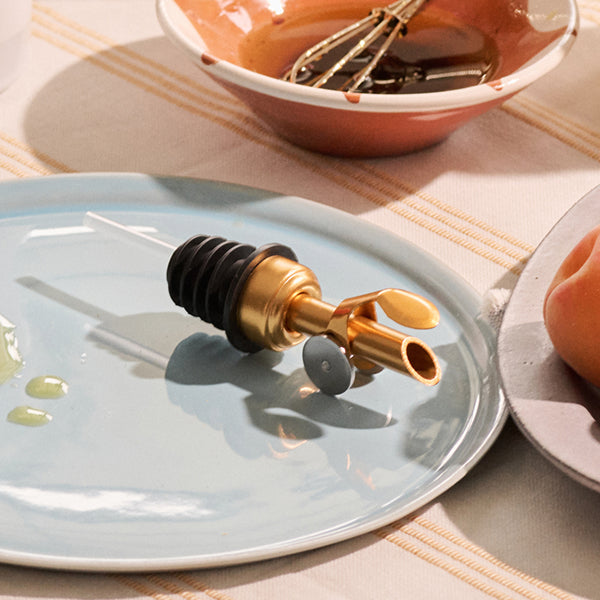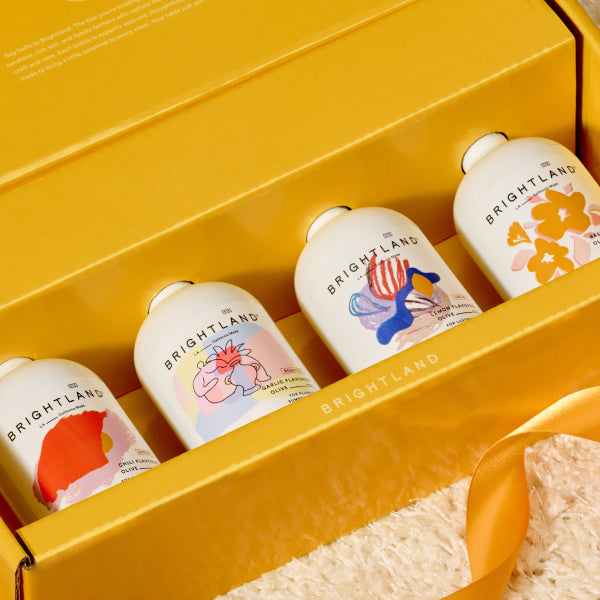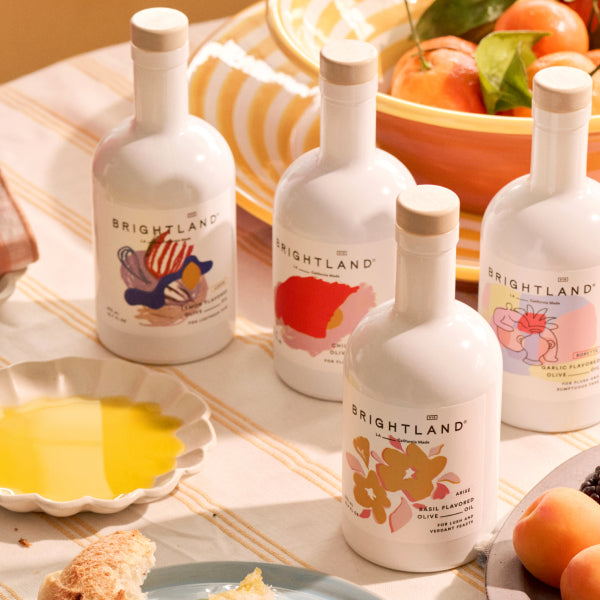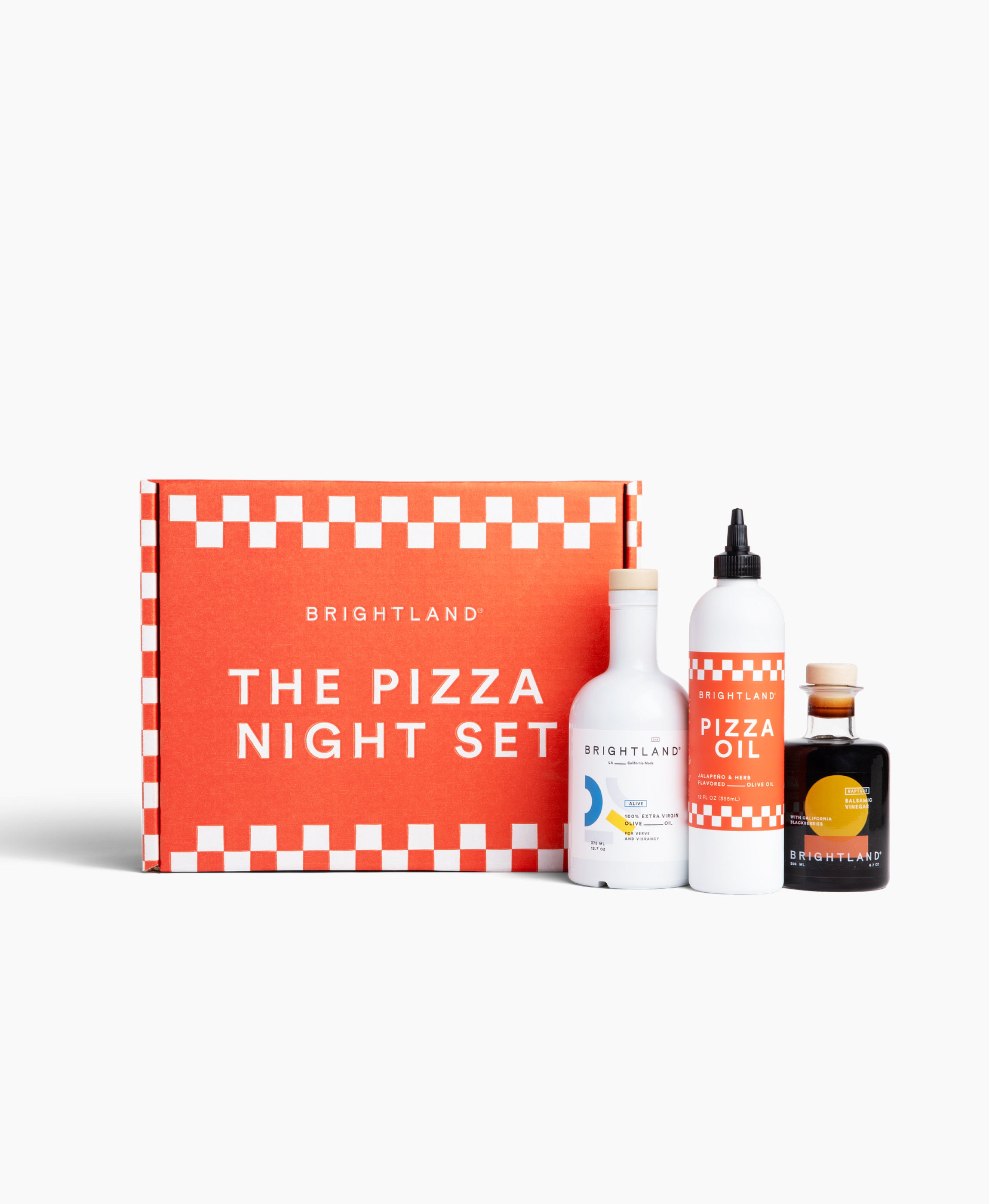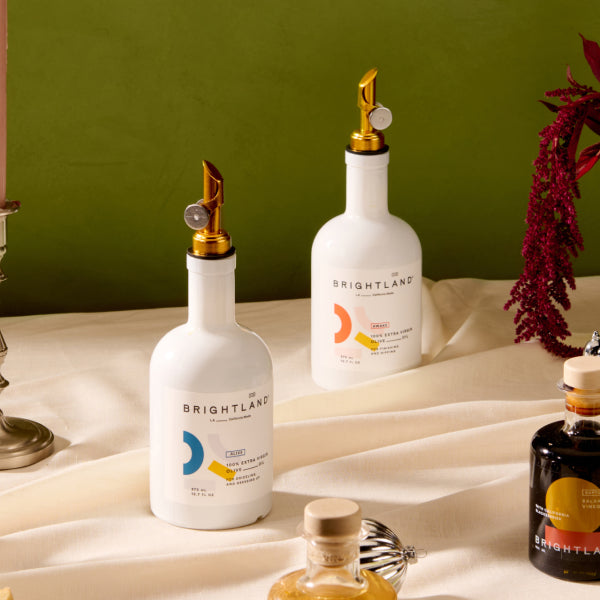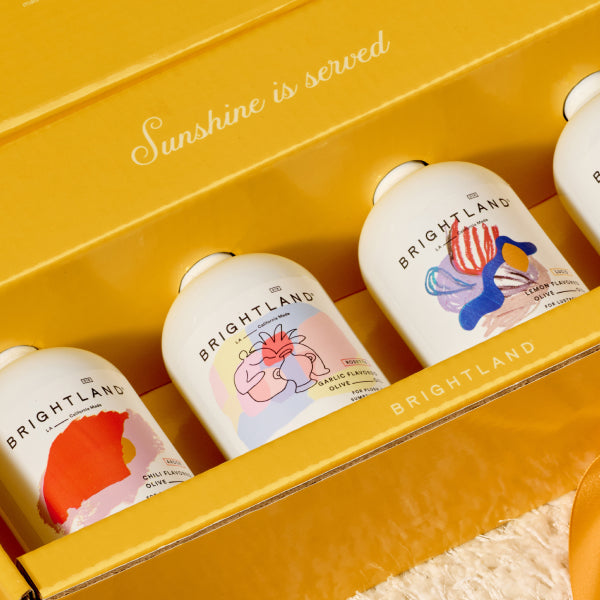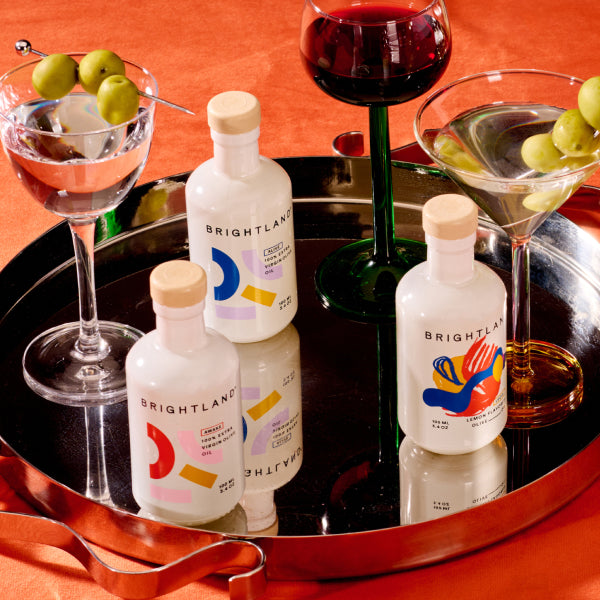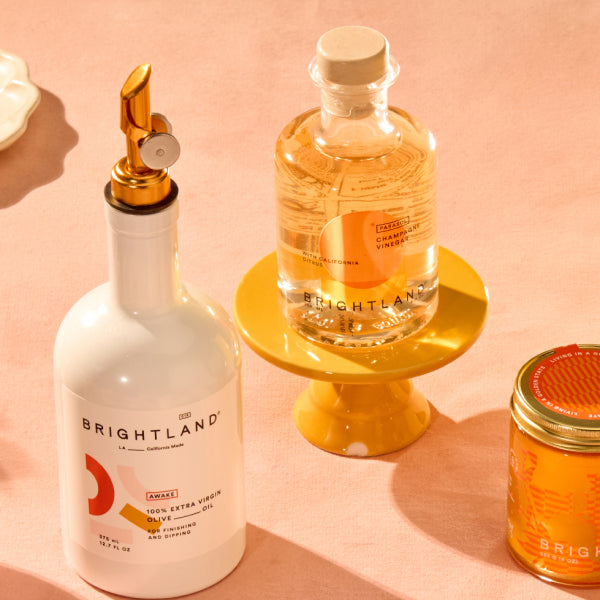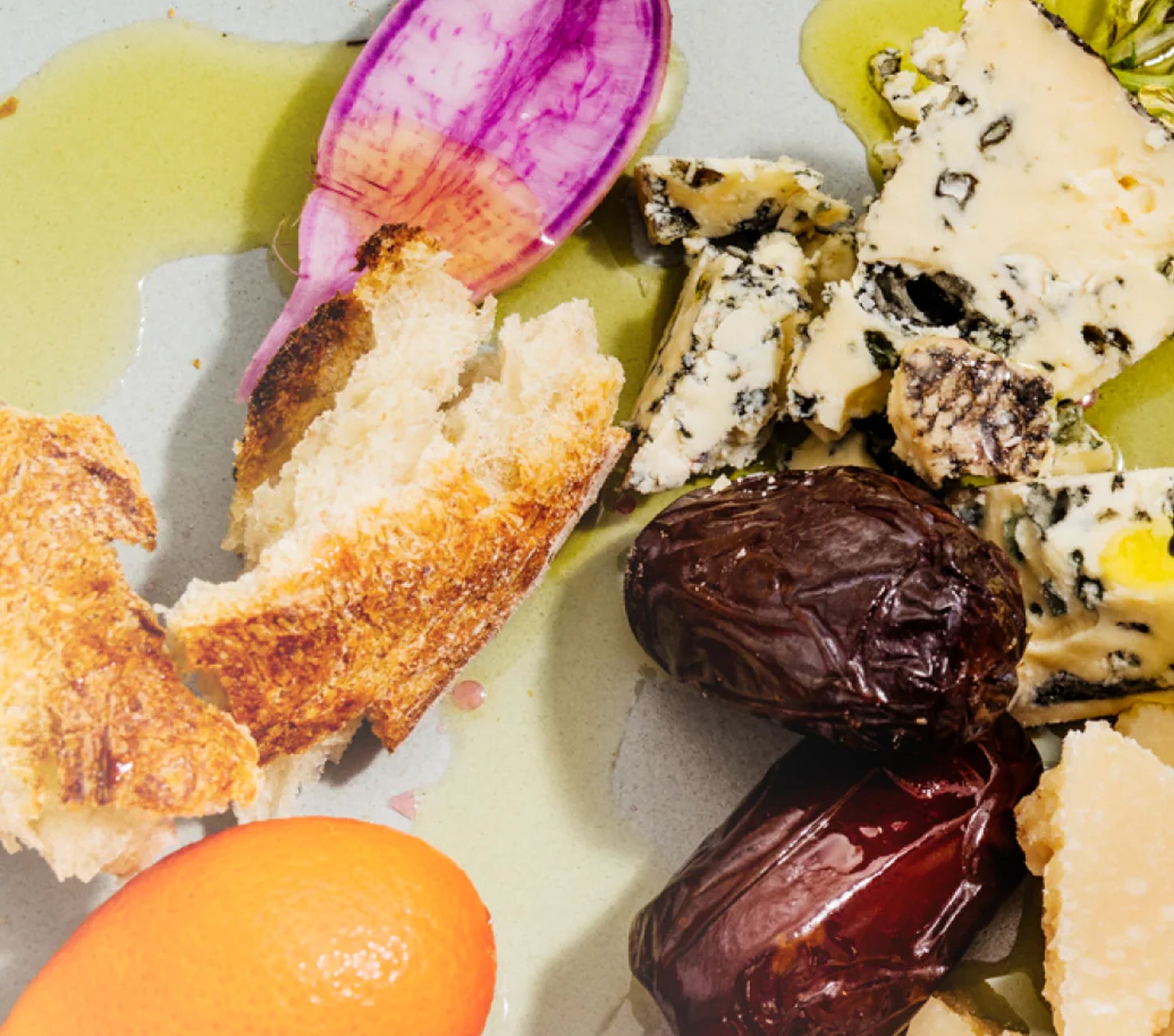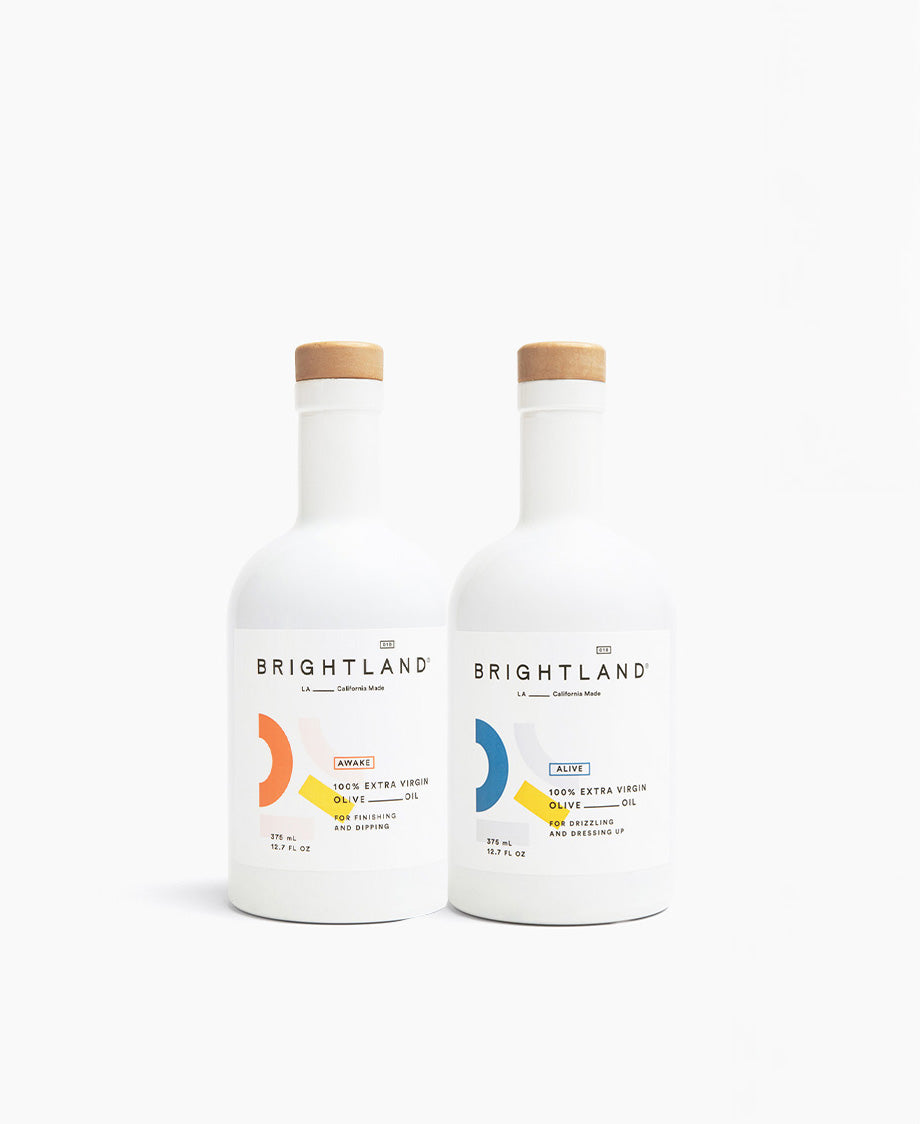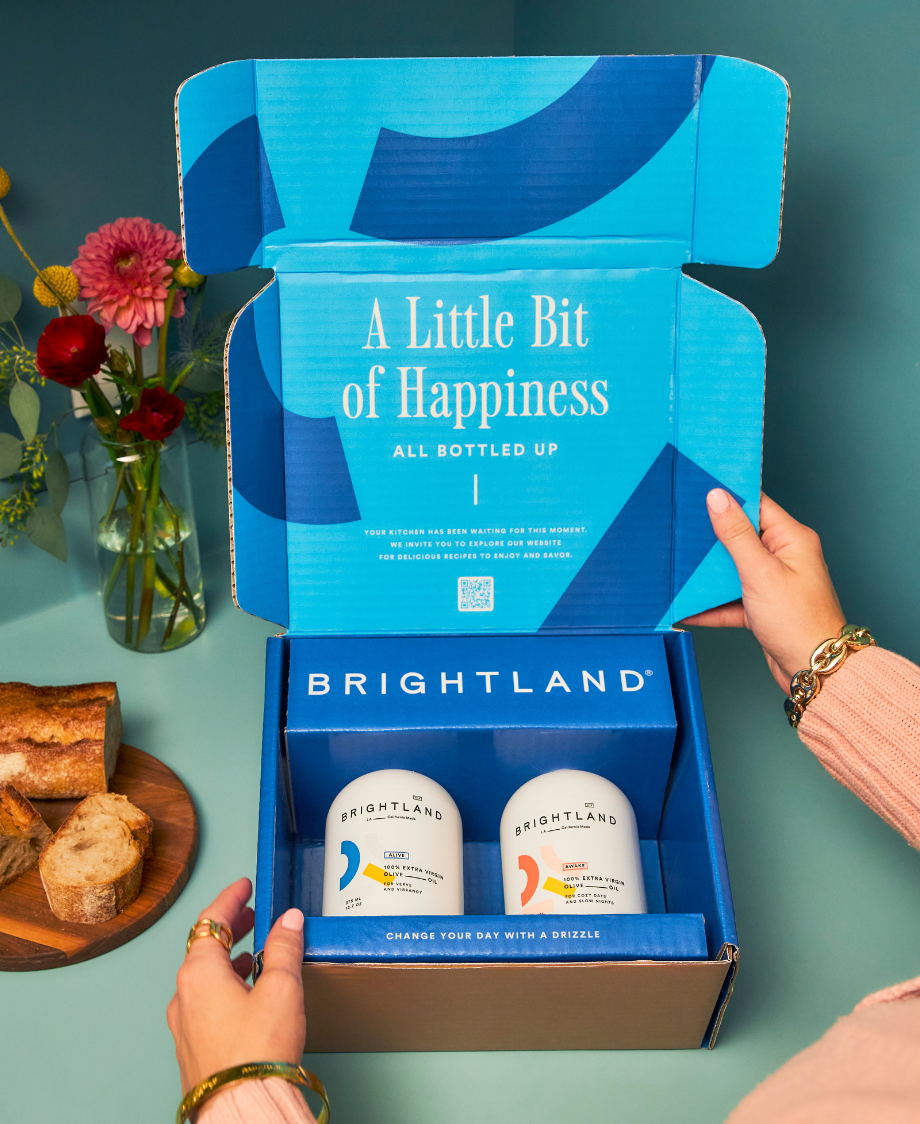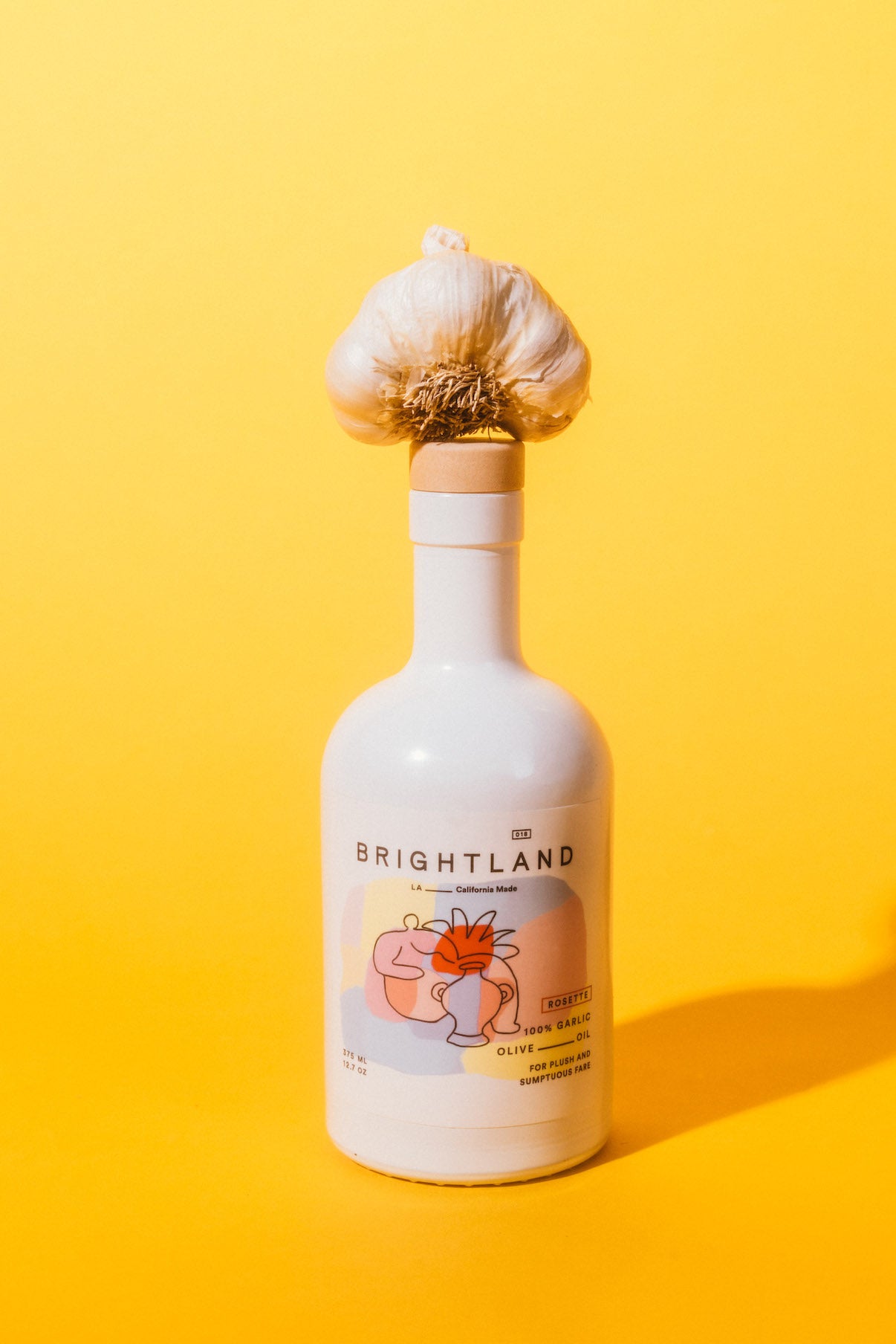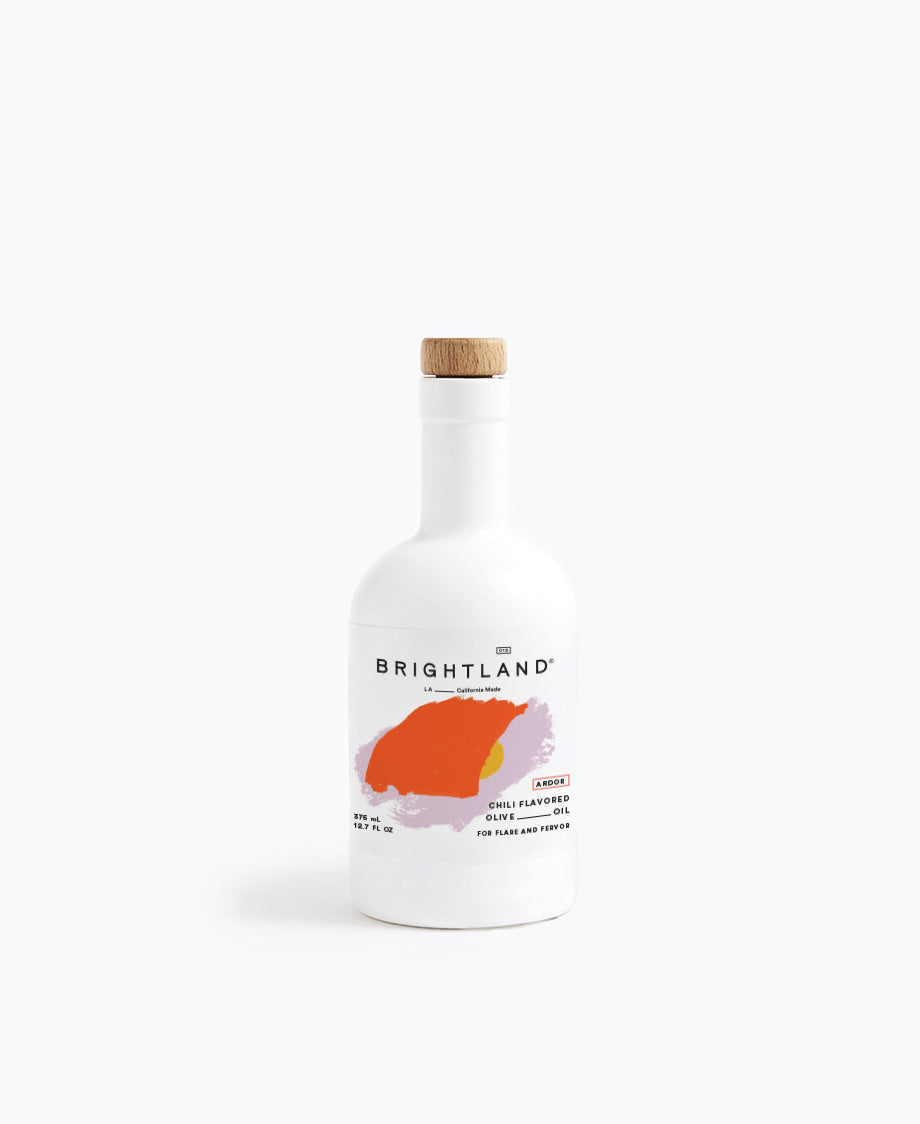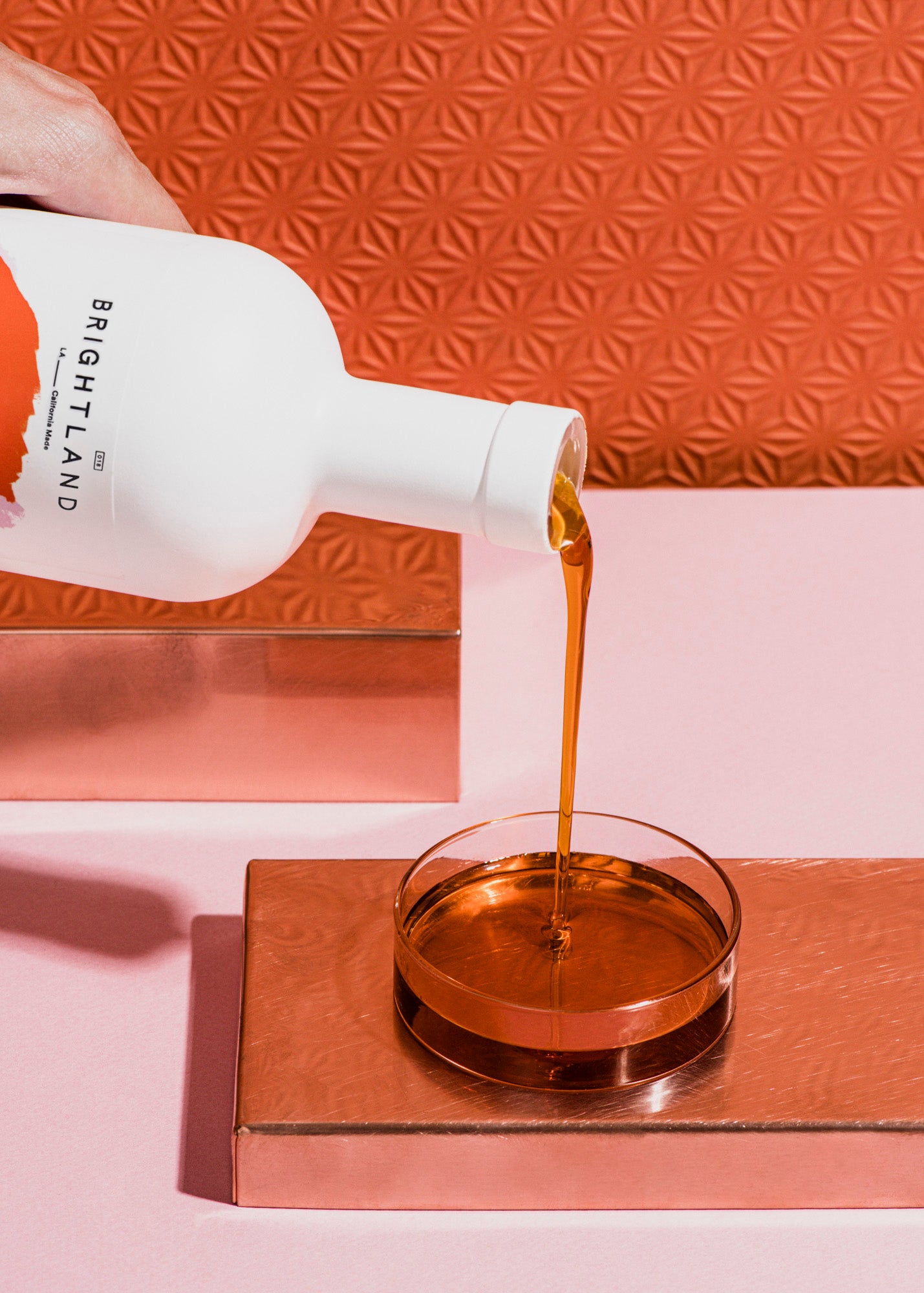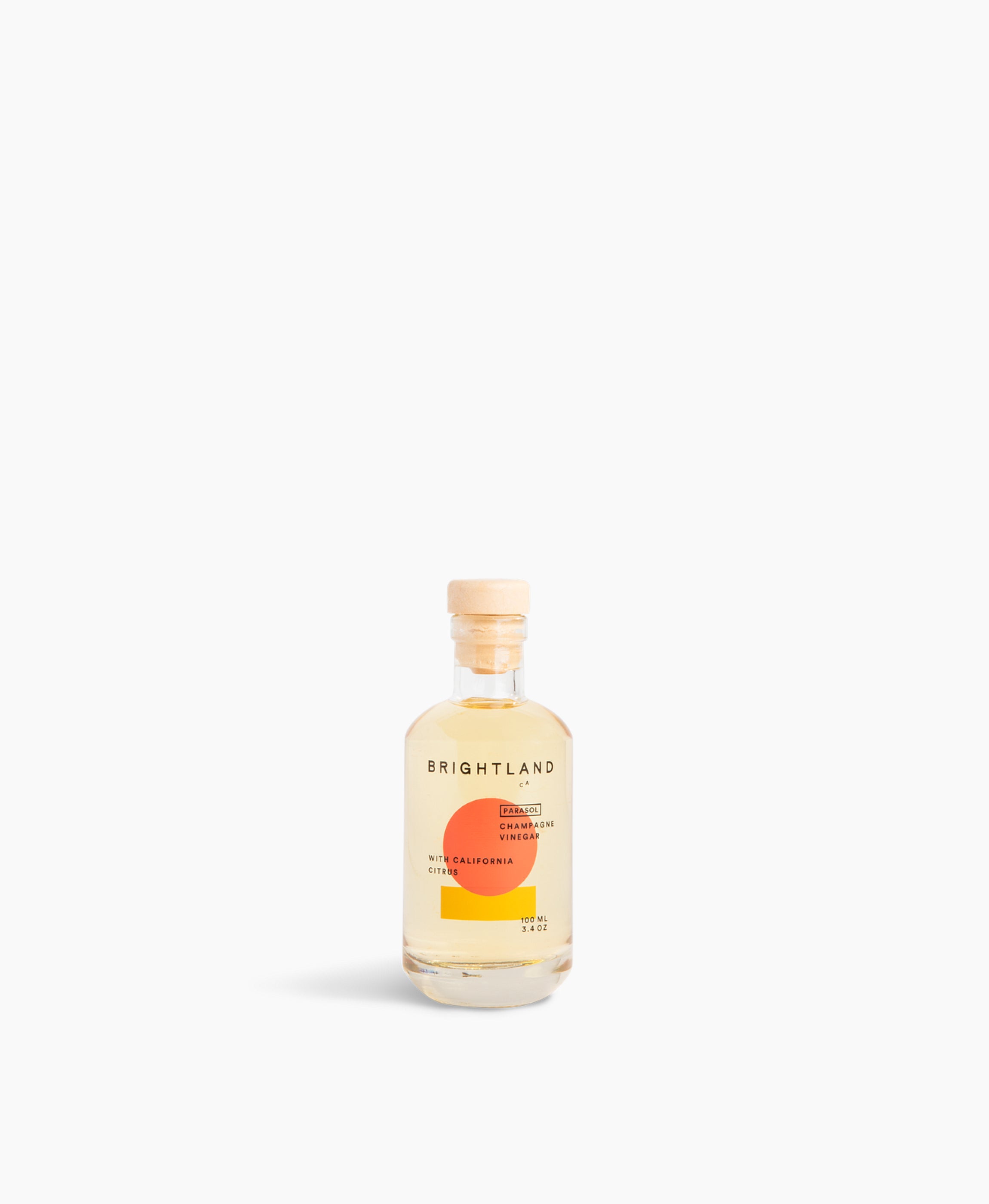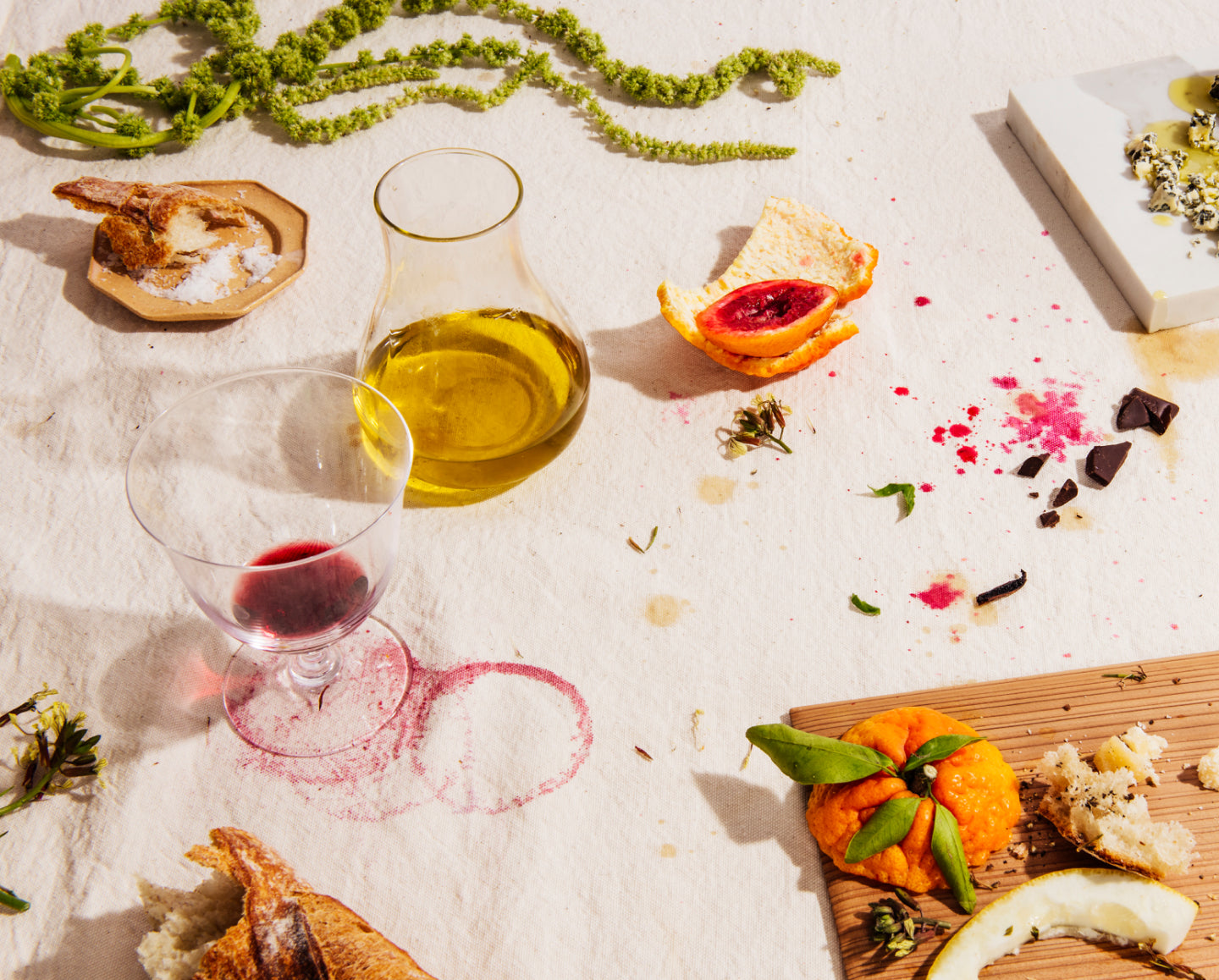
Learn
The industry needs major TLC.
What to know
The olive oil industry has had a history of problems, including mislabeling, adulteration with inferior refined oils, and failing to meet minimum sensory standards.
Sources
Bad blends
Adulterated olive oils can contain a blend of inferior quality vegetable oils like soybean oil, sunflower oil, palm oil or canola oil.
Olive oil can go bad during a variety of commercial production processes
Keys to Authenticity

Bottles
Look for bottles made of UV-protected glass (like Brightland) or stainless steel that protect the olive oil from enemies of freshness - light and air.

Words
Look for extra virgin on the label, and be wary of meaningless terms like first cold-press. Light, pure, and refined refer to processing that removes flavor and nutrients.

Harvest
A Harvest Date on your bottle is a key indicator of transparency and quality. Brightland oils are all currently from the Nov. 2023 Harvest.

Our Oils
Brightland makes artfully and consciously-crafted olive oils, vinegars and honeys that infuse the everyday with a little bit of happiness.

